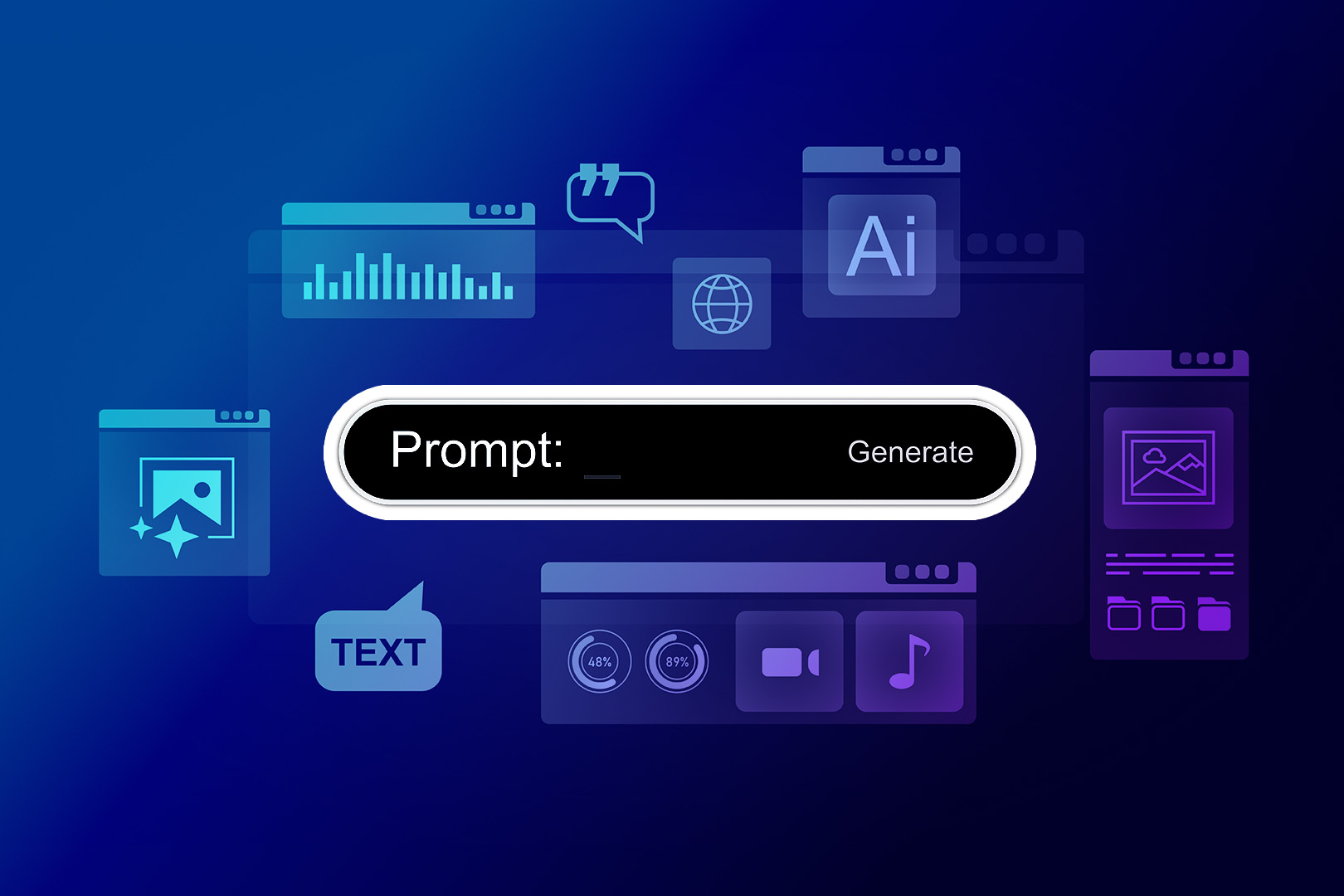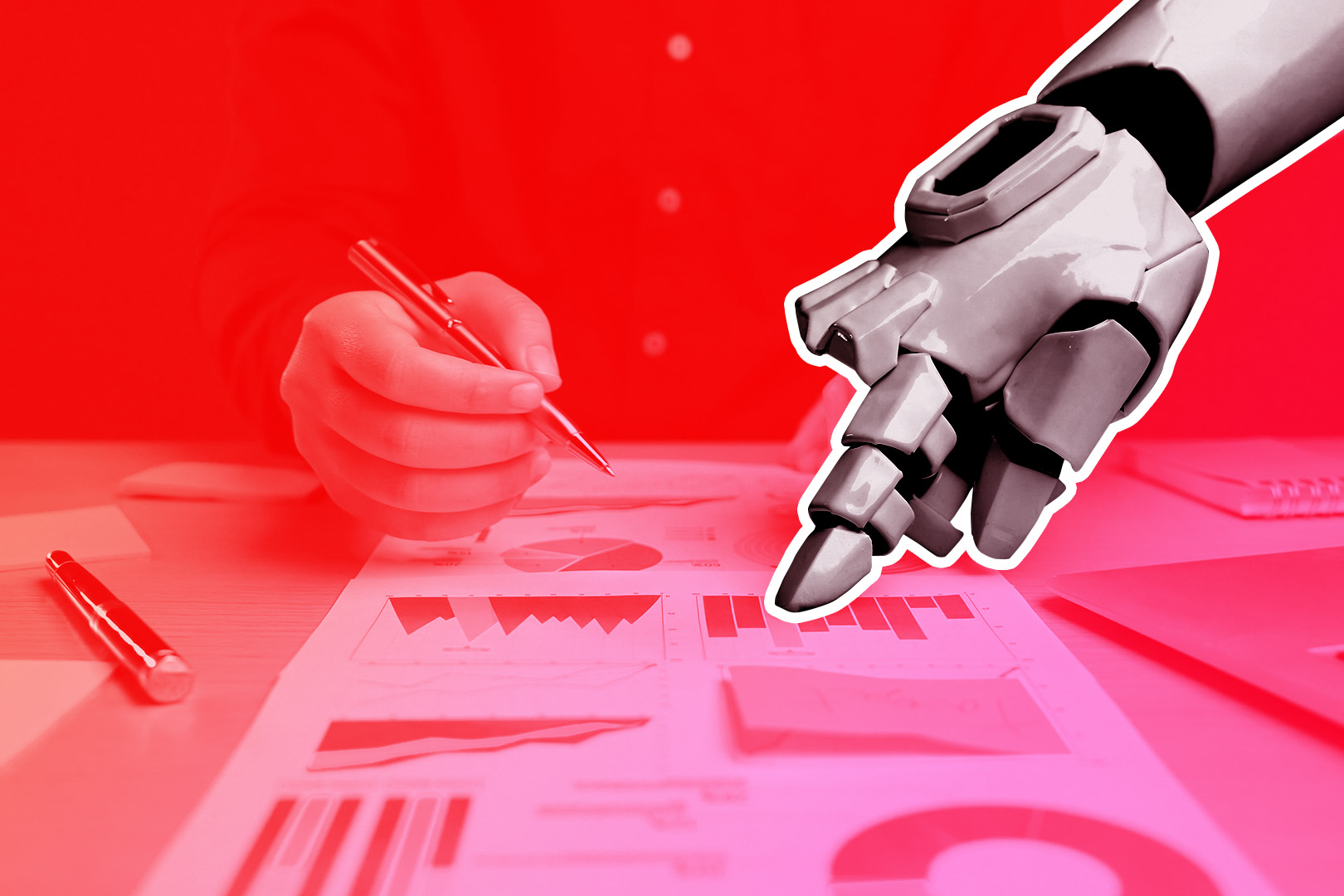
How to Build an Omnichannel Sales Strategy for B2B
Email, phone, and SMS… oh my!
As much as we’d like the customer journey to be linear and structured like your favorite Kanban board, it’s not how the world works now.
In fact, today’s B2B customers regularly use ten or more channels to interact with sellers. That means your sales teams must be equipped with the strategy and tools necessary to communicate seamlessly with potential customers across phone, social, email, and SMS and allow them to make purchases through eCommerce.
Remember: omnichannel isn’t the same as multichannel. Just having the means to communicate on various platforms doesn’t make it effective. There must be a strategy behind it.
Ready to build your own omnichannel strategy? Let’s dig into:
- Why is omnichannel sales so important?
- How to build an omnichannel sales strategy
- Key tips for your B2B omnichannel strategy
Why is Omnichannel Sales so Important?
Because your customers expect it, and your competitors are already doing it.
And more importantly—because it works.
These stats from McKinsey confirm it: Over 90 percent of B2B sellers say that new omnichannel strategies are as effective or even more effective than the traditional strategies they used before COVID-19 hit.

But why does it work? Here are some key benefits that come when you create and implement an effective omnichannel sales strategy:
- Delightful customer interactions: We all know how frustrating it is as buyers to be passed between different team members and seemingly start the conversation from scratch every time. Seamless interactions across multiple channels are smooth and delightful for your potential customers.
- Decreased customer churn: Happy customers are loyal customers. If you prove through the sales process that your team can handle communication and is available to help, you’ll set a solid foundation of trust for the future.
- Boosted MRR and recurring customers: Of course, loyal customers mean more revenue for your business. Keep communication smooth, and you’ll earn their loyalty.
- Faster sales cycles: When sellers come into each new conversation with the context of previous ones, they can get down to business faster and stop wasting time repeating things that have already been said.
How to Build an Omnichannel Sales Strategy
It’s time to break out of the silos and start communicating with your potential customers where they are. And there's a lot to learn from omnichannel retail leaders like Amazon that can also be applied to SMBs. To build your omnichannel sales strategy, let’s dig into five key steps you’ll need to follow.
Step 1. Know the Customer
Really, this is a foundational step to building out any piece of your sales process and funnel.
When it comes to omnichannel sales, you need to know what channels your customers prefer.
Don’t assume anything. Talk to your customers directly or set up a quick survey they can fill out.
Ask them questions like:
- Where do you normally discover new products for your team?
- Where do you go when you need an answer to a question about a product?
- How often do you take phone calls/book video meetings with vendors?
- What percentage of software purchases do you complete via self-service?
This is an often underappreciated aspect of building and growing a business: Actually, talking to your customers and creating customer intimacy leads to insights that will help you make much better strategic decisions faster. It's so key to the growth of any business we've seen succeed that we've written an entire book about it:
The sales activity data in your CRM can also help you see which channels are working best with your customers. For example, do you have many outgoing phone calls but a low average duration? Maybe your customers prefer email.
Combine data you can observe with real customer feedback, and you’ll be well on your way to truly knowing your customers and their preferred communication channels.
Step 2. Choose the Channels Where Your Customers' Preferences & Team’s Skills Align
Now that you know what your customers prefer, it’s time to align that with your team.
It’s simply not practical to be on EVERY channel, especially as a startup or SMB. So, choose the ones that get you the best ROI.
How do you choose? Ask yourself these three questions:
- Which channels do my customers prefer?
- Which channels can my team master?
- Which channels require the least amount of friction and time?
Then, find the channels that align.
For example, let’s say your customers use email but prefer carrier pigeons. While you may be able to train your team to use carrier pigeons somewhat quickly, the time it takes to find your customer’s office and respond with a response just isn’t cost-effective. Since these customers do use email, that will be the best spot where their preferences align with your team’s abilities and timeframe.
Step 3. Build out Your Tech Stack for Omnichannel Sales
Communication in different channels cannot be in separate silos. That’s why, for an omnichannel strategy to work, you need the tech stack to support it.
Your CRM is the communication hub of your sales team. So, the best place to start building your omnichannel tech stack is to choose an omnichannel CRM that either includes your favorite channels or integrates smoothly with tools that do.
Here’s an example: Let’s say your sales team mainly communicates with potential customers via phone and email and sometimes uses LinkedIn for prospecting and cold outreach.
A CRM like Close has email and phone built-in, allowing your team to see all historical data in one view. Plus, it integrates with sales tools for LinkedIn, like Kennected and LinkMatch, giving your team the right information all in one place. The same applies to other social media platforms: You can easily feed data from Facebook lead ads into your CRM.
If you need help streamlining your B2B sales efforts, our article on B2B CRMs can point you in the right direction for CRM solutions.
Step 4. Create an Omnichannel Strategy Framework for All Customer-Facing Teams
Omnichannel sales is a great start. But for your whole strategy to be truly omnichannel, it should spread across all customer-facing teams.
Putting a clear framework in place gives all customer-facing teams (including sales, success, and support) the right steps and information to deliver delightful customer experiences. Even large enterprises like Microsoft or Intuit adjusted the way their marketing and sales teams work to build a better omnichannel strategy.
For example, when a new support ticket comes in, is your support team aware of the history with this customer? Do they have any open chats with the success team? How long ago were they closed, and was this issue something that came up in the sales process?
For many retail businesses, there are also brick-and-mortar stores that add another element to the equation. With the right real-time information at hand, all customer-facing teams can give your customer base the right treatment from the start of each new interaction—a true omnichannel experience.
Psst... Want to up your sales game? Learn from the best with the Challenger Sales Model.
Step 5. Keep Testing, Reporting, and Optimizing
Creating an omnichannel strategy isn’t something you do once and forget about. This process should be adapted and optimized over time.
So, keep analyzing the results—are your NPS scores going up or down? How are customers rating your support interactions? Are certain channels getting fewer results in the sales process than before? Which communication channels generally lead to a sale?
Again, listen to your customers. Get their feedback and apply it continuously over time. That’s how you build an omnichannel sales strategy that lasts.
Key Tips for Your B2B Omnichannel Strategy
Here are some guiding principles that will help your omnichannel sales strategy succeed in the long run:
Always Be Customer-Centric
The better you know your customers, the better you can serve them. This is true in all aspects of your business, especially communication.
Focus on what they need, how they want to be contacted, and where they expect to see a response.
Build Collaboration into Your Business
Let’s say your SDRs email new prospects, your AEs call them, and after they close, Account Managers or Success reps schedule video calls. Now, imagine the history of that communication with a prospect is stored in one view, where everyone can get the context they need.

This is necessary for collaboration in a B2B omnichannel strategy. After all, your customers won’t just talk to one team. They’ll probably touch several teams and many individuals in their lifecycle as customers.
To truly maximize your omnichannel strategy, make those touchpoints visible. Let everyone see the context they need to respond to questions and provide a superior brand experience accurately.
Automate When Possible, But Don’t Eliminate the Human Factor
You likely have automated communication within your sales stack, such as email and calling sequences or chatbots.
While automation is helpful and can optimize your team's communication time, remember that nothing can replace the human factor throughout your different sales channels.
If your customers want to talk to a real human being, give them an easy way to do so. This will boost your brand reputation and ensure that real, personal communication is always available to the customers who need it.
Start Your Omnichannel Sales Strategy
B2B buyers nowadays expect the same seamless experience they have when making personal purchases. Is your business ready to embrace an omnichannel approach and increase sales and customer loyalty?
Just remember:
- Know your customer
- Build a tech stack that supports you
- Never use automation to replace the human factor
With these keys, you’re well on your way to building a B2B omnichannel strategy that delights your customers.
Looking for the right tools to get you started? Check out our CRM Buyer’s Guide to find out what you need to know about choosing the right CRM for your team.











